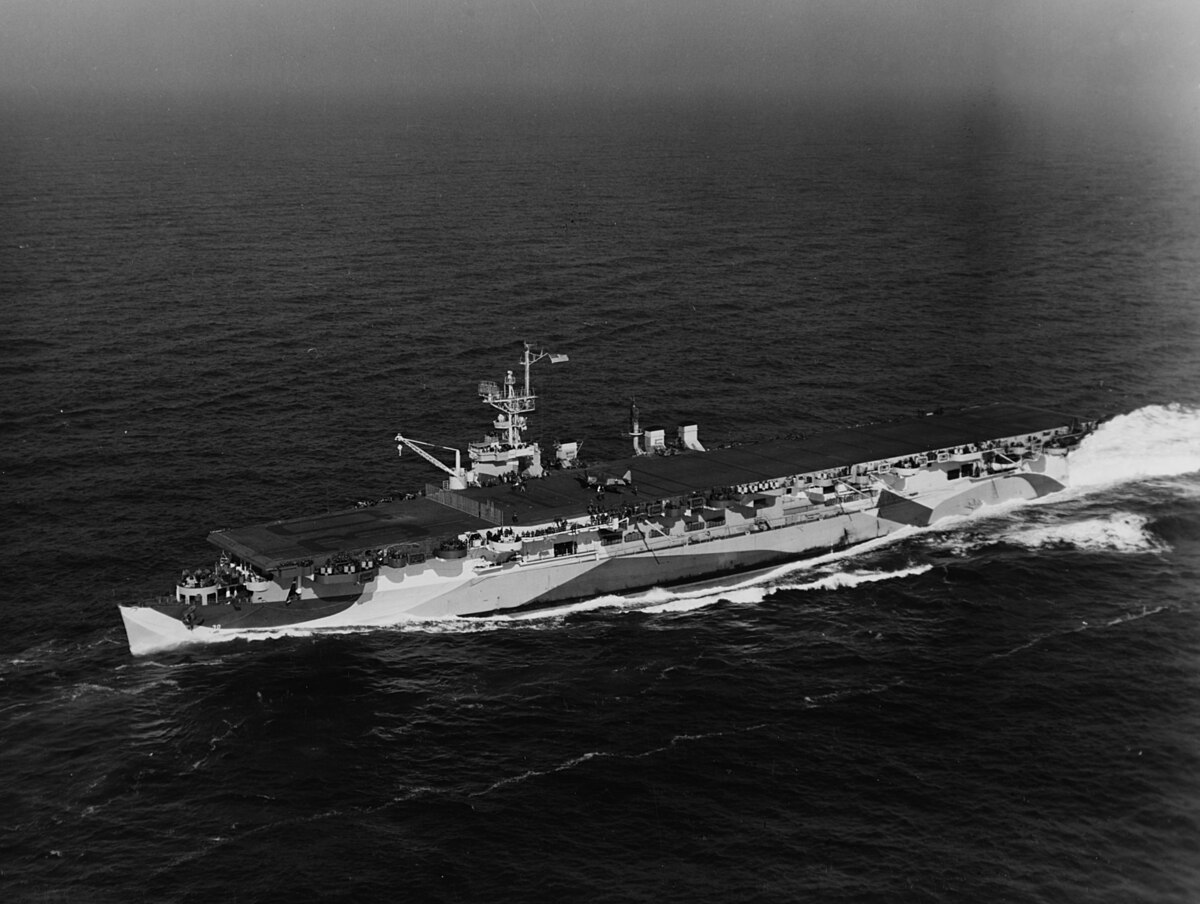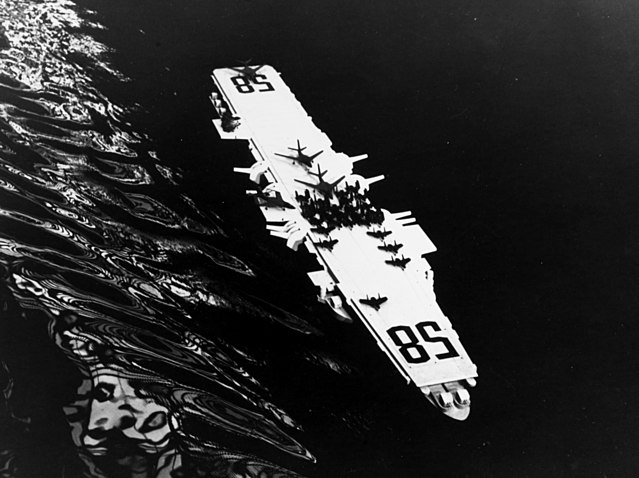- May 3, 2009
- 3,351
- 1,271
- 198
You don't always have a friendly air base in the right location at the right time.
Follow along with the video below to see how to install our site as a web app on your home screen.

Note: This feature currently requires accessing the site using the built-in Safari browser.
What kind of targets are they looking for? Pretty ironic that "super-carriers" which have been around for a couple of decades would finally be used only as cover for a U.S. evacuation.
There are advantages and disadvantages; it depends on your enemies. One the one hand, a few large carriers would be easier to defend and more efficient to operate against certain kinds of attacks abd for big missions, but the smaller 'pocket carrier' strategy FDR decided on worked best in the Pacific, given the scattered real estate all over the place, and were quicker to build and didn't have to stay in port as long. A few other reasons as well, but I don't have time to list them. A 'super carrier' in the Med or around the Gulf would probably work better, since there is a lot of land nearby to base supplemental ground support and air bases on. If we can afford it doing both would be best.
Supercarriers have been around for 70 years.



That was because he had no choice. Not because that was the "strategy"

Exactly. At about the same time they started to use Heavy Cruiser hulls rather than oilers and colliers and converting them.

Actually it was a choice, as was everything else when decided what and how much to build.
With drone development moving along nicely, these super carriers will be fewer, though, and the light carriers will have their aircraft contingents increased.


Drones will never take over as combat aircraft.
And obviously, you have absolutely no idea how big a combat drone really is.


You obviously have been completely fooled by the fact that most images tend to never show them standing next to an identifiable reference point, so any sense of scale is lost. In fact, most combat drones are as large or larger than an actual jet fighter. And has a smaller weapons load. You obviously think that these are the size of a Yugo, and not the reality. They are as big or bigger than the F/A-18 aircraft they would be replacing if the drone fanatics had their way.
Which only proves what I was saying in the first place!
I said quite clearly, that building a fleet carrier from scratch takes 2-3+ years.
Converting another ship only takes from 6 months to 1 year.
And to prove your point, you bring up yet another conversion?
Did you even read what I said, then compare it to what you actually wrote? Obviously not, because your post is actually agreeing with me. Conversions were done because they had no choice. It does not matter if it was an existing ship, or the hull of another ship already being built, then finished as a carrier instead of the original design. Like the 9 Cleveland class light cruisers.
The first of which was the former USS Amsterdam, then renamed after the change from CL to CVL was so considered excess that it was expended in the first post-war atomic bomb test.
And "CVL" is really no different than "CVE". The biggest difference is those were actually on the hulls of combat ships, and not merchant vessels. And had a slightly larger capacity. But the Independence Class were still converted from other ships, and not specifically built to serve as carriers.
Nothing on the planet could have allowed them to rush out new fleet carriers in a year or less. Nothing, period. They had no choice but to resort to conversions and other hacks just to get carriers at sea at all. The choice was to have no carriers for 2-3 years, or to make some hack job conversions. There was no middle ground. This is not a "choice",
The escort carrier you speak of cannot be adapted to modern planes except for those like Harriers which do not offer the range to patrol inland.There are advantages and disadvantages; it depends on your enemies. One the one hand, a few large carriers would be easier to defend and more efficient to operate against certain kinds of attacks abd for big missions, but the smaller 'pocket carrier' strategy FDR decided on worked best in the Pacific, given the scattered real estate all over the place, and were quicker to build and didn't have to stay in port as long. A few other reasons as well, but I don't have time to list them. A 'super carrier' in the Med or around the Gulf would probably work better, since there is a lot of land nearby to base supplemental ground support and air bases on. If we can afford it doing both would be best.
The escort carrier you speak of cannot be adapted to modern planes except for those like Harriers which do not offer the range to patrol inland.
Sure they can be.And you're just a troll, so what's new? The fact is you don't know any more than anybody else, and it chaps your ass no end, which is why you have tantrums when your rather shallow knowledge you got from Reader's Digests and old Time/Life collections isn't the last word on anything. And, your obsessive hatred of drones is just hilarious; they can built in all sizes, despite your delusions to the contrary, and they will carry more bang for the buck than manned craft will, at about half the costs. Get used to it.
so a two year wait wasn't all that critical in planning
I'm not talking about the escort carriers, but the light carriers, but yes the escorts' decks were too small even then for some then 'modern' aircraft, which is why the pocket carriers came along; they too were replaced eventually, as planes needed bigger decks. The Essex class were still around and used in Viet Nam and later, for that matter.
